Japan Banknotes & Paper Money Online
Welcome to the Japan banknote catalog collection and price guide, organized by the standard notation of the World Paper Money Catalog (#P). Here, you will find detailed information and values for each banknote, including its year of production, material, and current market value. To make your search even easier, you can filter by banknote name in the top field. Discover the rich history and unique characteristics of Japan's banknotes and add to your collection today.
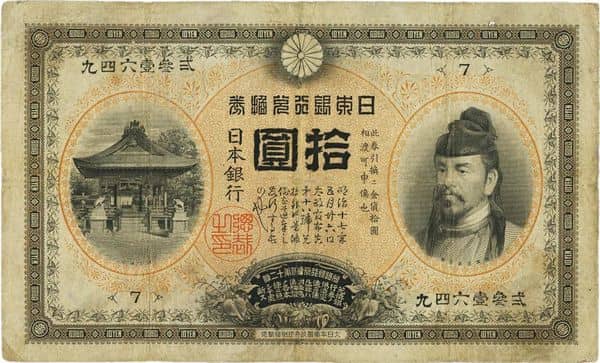
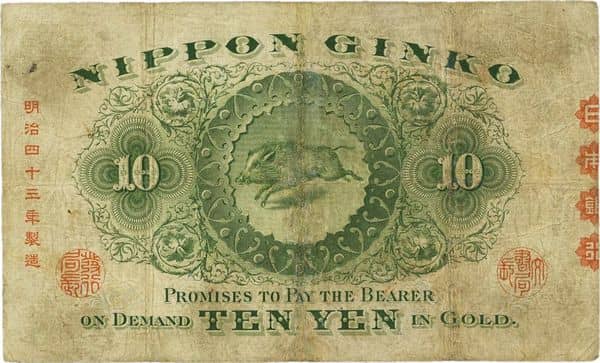
10 Yen
P#32
Years: 1899, 1900, 1903, 1909, 1910, 1911, 1913
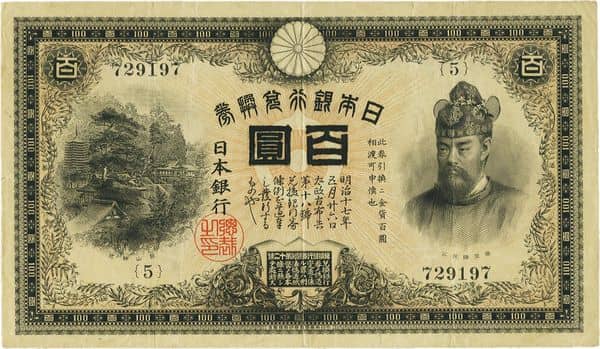
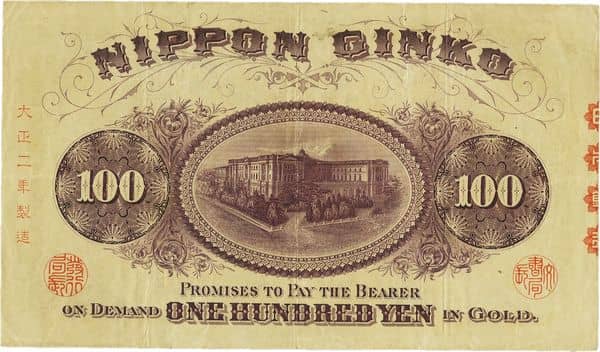
100 Yen
P#33
Years: 1900, 1913
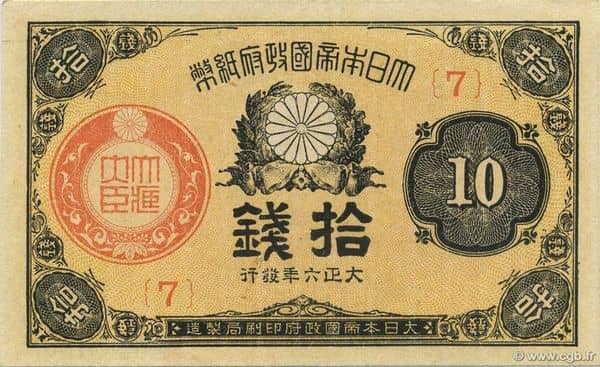
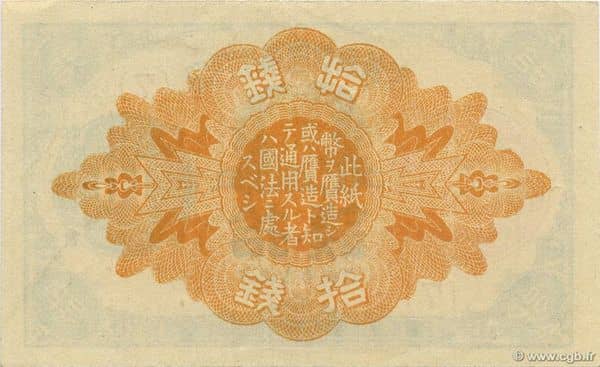
10 Sen
P#46
Years: 1917, 1918, 1919, 1920, 1921
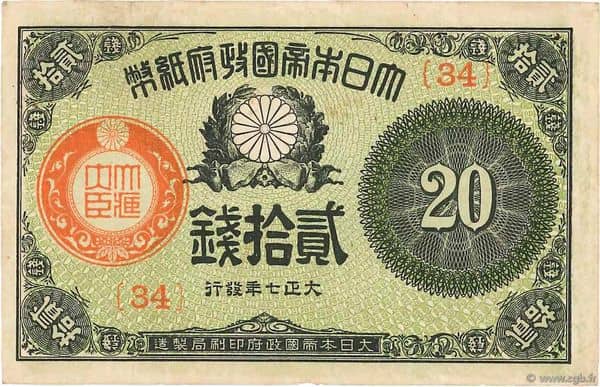
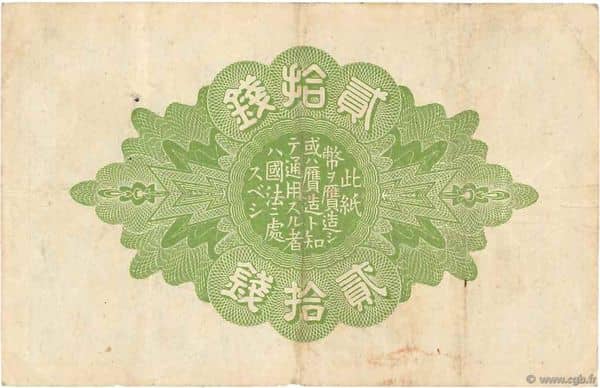
20 Sen
P#47
Years: 1917, 1918, 1919
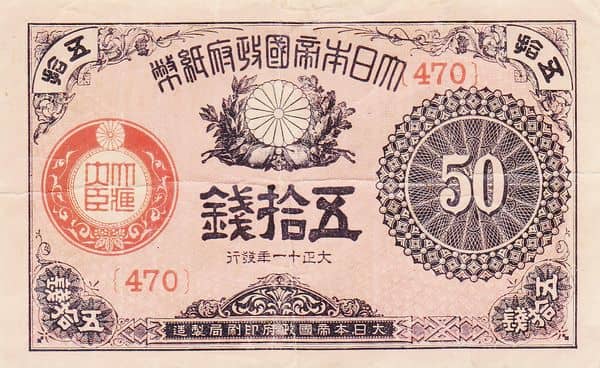
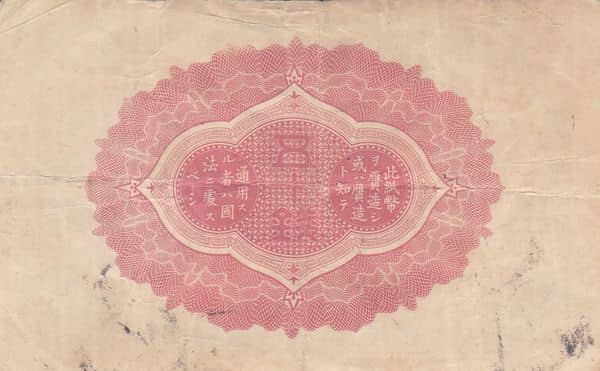
50 Sen
P#48
Years: 1917, 1918, 1919, 1920, 1921, 1922
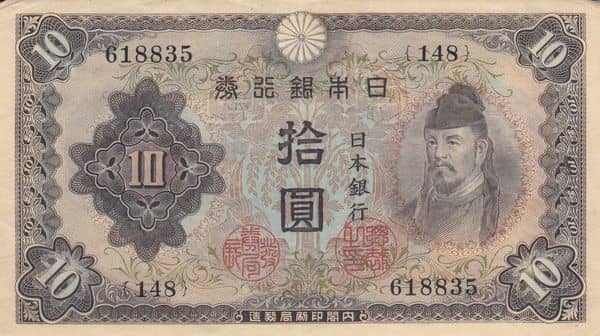
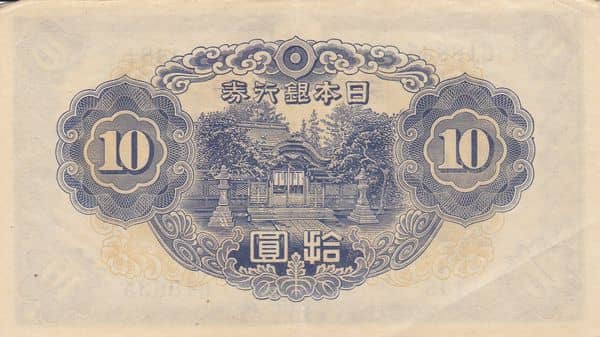
10 Yen
P#56
Years: 1944, 1945


50 sen
P#58
Years: 1938


50 sen
P#59
Years: 1942, 1943, 1944


50 sen
P#60
Years: 1945


5 Sen
P#83
Years: 1948-1953
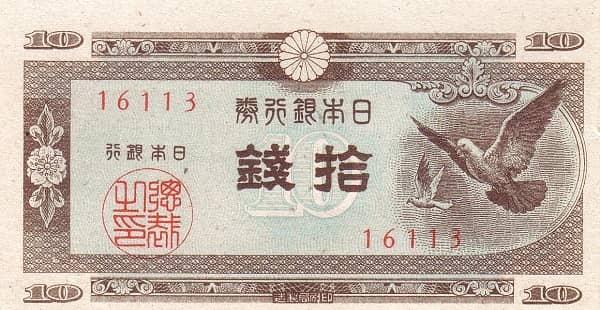
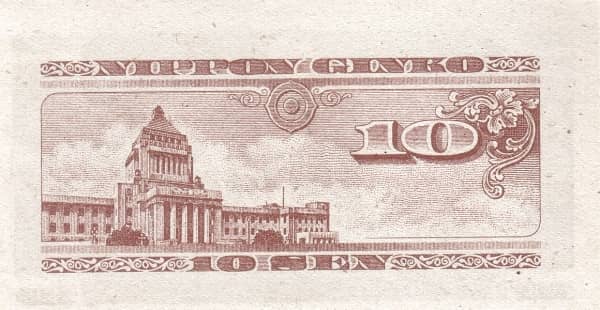
10 Sen
P#84
Years: 1947

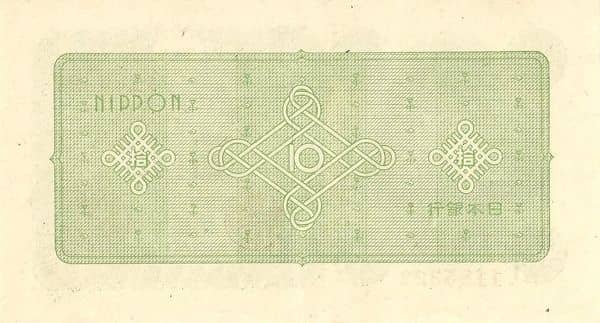
10 Yen
P#87
Years: 1946


100 Yen
P#90
Years: 1953


1000 yen
P#104
Years: 2004, 2011


5000 Yen
P#105
Years: 2004


10000 Yen
P#106
Years: 2004


1000 yen
P#107
Years: 2024


5000 yen
P#108
Years: 2024


10000 yen
P#109
Years: 2024
Investing in Japan banknotes can be a great opportunity for collectors and investors alike. The rich cultural and historical heritage of Japan is beautifully reflected in its banknotes, making them unique and valuable collectibles.
One reason why Japan banknotes are attractive to investors is their rarity. Many Japan banknotes were printed in limited quantities, making them hard to come by and increasing their value. Additionally, the historical events and political changes that have occurred in Japan over the years have significantly impacted its banknote production, further adding to their rarity and collectibility.
Finally, the value of Japan banknotes and paper money is also influenced by their age and condition. Banknotes that are in excellent condition and date back to earlier times are often worth more than newer banknotes or those in poor condition.
In conclusion, investing in Japan banknotes can be a wise decision for collectors and investors seeking unique and valuable collectibles with a rich cultural and historical heritage.